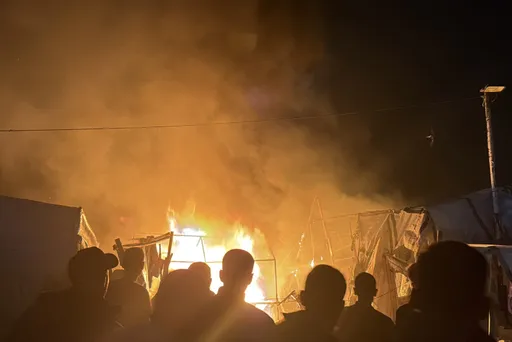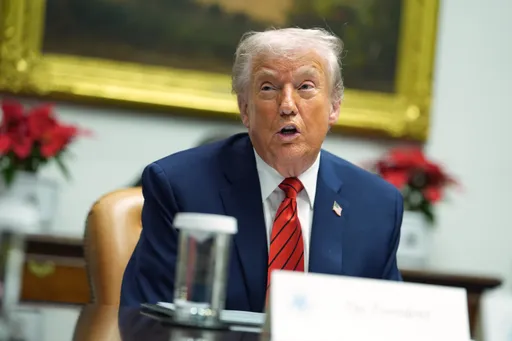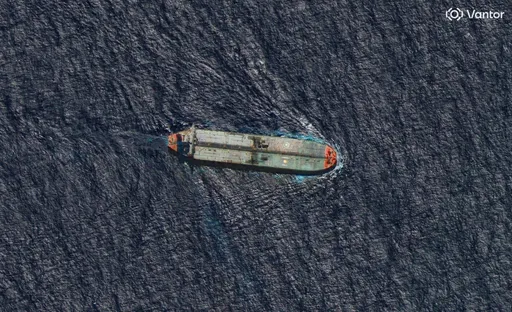When the British Raj abandoned, in a haphazard fashion, the jewel in the crown of the British Empire, the world witnessed the bloody emergence of two independent political realities; Pakistan and India.
Seventy years later, much in their ongoing, antagonistic relationship deserves scrutiny, not least Pakistan’s combat readiness through tactical nuclear weapons or India’s rash cold-start manifesto.
Aside from that, there is the ongoing crisis in the disputed territory of Kashmir, which, as I write this article, is surrounded by an aura of dismissiveness, even refusal to acknowledge Kashmiri identity and self-determination.
There is a great deal of misleading rhetoric for, and against, the ‘one’ nation or ‘two-nation’ theory – both are misleading. The British Raj was home to several dozen nations and, one need only look into the 562 ‘Princely States’ in the British Raj - the disputed territory of Kashmir being just one of them.
Furthermore, there is, as of yet, the unexplored history of migration that gave birth to two nations which resulted in grotesque, systematic violence. Real hard figures—on who went where and the organized nature of the brutality—are difficult to verify and riddled with inconsistencies.
Certainly, the area that became Pakistan had a small, but wealthy minority of non-Muslims, but the vast majority of its population had been Muslim for at least a millennium; not so in the case of India’s vibrant diversity where large minorities were evident. Henceforth, as logic would have it, it seems only rational that the majority of people migrating were from India to Pakistan.
All of this is without question arguable, and peoples’ positions often reflect their own ideological slant. Consequently, when speaking of ‘South Asia’ it seems a task, too great for too many, to escape the emotional narratives they wish proven true.
Yet, notwithstanding that, there is something more vital, hidden beneath the fictitious, misleading claims of Hindutva or the grandiloquent boogeyman of Pakistan’s ISI, its military’s civilian meddling, and the poorly designated ‘Islamic bomb’.
The myth-making surrounding Partition
As controversial as it may seem, there was no partition, not in the way it is marketed at least. India was not divided; the British Raj was. Undoubtedly, for millions – separation from loved ones and neighborhoods took place, largely in the provinces of Punjab and Bengal. Yet, for the vast majority of peoples, in both countries - several hundred million in fact, it simply did not register in that way.
This massive smokescreen, behind the ‘partition’ myth, is utilized to perpetuate Indian hegemony, that includes highlighting the massive migration in a carefully constructed narrative for the purposes of empire and the usurpation of identity.
What is shocking, however, is that the ‘partition’ and its implicit assumptions and corresponding ideology cannot withstand the most meagre of intellectual challenges. The impact of these assumptions is so significant that it continues to be a major impediment towards peace.
This is because the ‘partition’ industry has weaved an intricate web of obfuscation that promotes a false history of South Asia, mandates bigotry and prejudice, and exaggerates its own narrative for political ends.
This ‘partition’ industry, bewilderingly supported by the Rashtrya Swayamsevak Sangh (RSS), aims to control the narrative of what transpired many decades ago.
It carelessly mixes truth with falsehood and uses hyper-emotional rationalizing to draw on that warm, fuzzy feeling of celebrating an imaginary ‘oneness’. Anyone who opposes that, is sub-human – implicitly, Muslims.
This ‘oneness’ is contradicted in the story of the Syrian Arab general, Muhammad bin Qasim Al-Thaqafi, who under direct order from the Umayyad Caliph in Damascus, attacked the Brahman ruler Raja Dahir in 712 A.D. – who ruled a Buddhist population in Sindh, present-day Pakistan. He chronicled this expedition in the infamous Arab treatise ‘Tarikh Balad Hind wa Balad Sindh’ also known as Chach Nama – A History of the land of Hind and the land of Sindh.
If further evidence was needed, one can review Al-Biruni’s 12th century treatise on India and its borders, which flies straight in the face of Hindutva propagandists.
Interestingly, it was the Arabs that used the word ‘Hind’ to describe a region, largely unknown to them at that time, that existed south of the Indus river. Onwards, and much later, the British would settle on calling it ‘India.’
In acknowledging this reality, it contradicts the long-winding argument that positions Muslims as invaders of a largely peaceful Hindu people, forcibly converting en masse.
History is complex, but usurping Buddhist, Arab, Sindhi, Baloch, Pakhtun or Kashmiri visions of this massive geographical space, and saying it was all ‘Hindu’ and others should return home, or ‘Ghar Wapsi'. Conversely, that the region deserves to be only ‘Muslim’ – is silly and an insult to the magnificent diversity of the Subcontinent.
The maligned but magnificent tradition of Islamic acceptance of plurality and ‘no compulsion in matters of faith’ augments the rich historical depth of the South Asian subcontinent.
In fact, if it was any other way, and had successive Muslim dynasties ruled South Asia as has been claimed, then the last several centuries would have seen no other faiths remain in the subcontinent.
The great Indian jurist, humanitarian and thinker Dr. Ambedkar once wrote a striking analysis of the historical Pakistani movement in populations. He suggested that the region that today amounts to Pakistan cannot be referred to as being Indian. Wave after wave of invaders over the course of centuries have transformed its genealogy. Again, I urge people to read his writings on Jinnah and the Pakistan Movement to make sense of contested identities and nation-building.
Of course, by denying this, and insisting on characterizing Pakistan as a place of ‘home-breakers’ feeds into the false dichotomy that prohibits the maturation of healthy and strong neighbourly relations.
By insisting on characterising the relationship as a “divorce” the ensuing bitterness and acrimony that is conjured has become a foundational pillar of animosity between the two sides.
In truth, there was no divorce, since it was never ‘one’ – at least not for the majority of the peoples inhabiting the British Raj. Out of the several, indigenous languages in Pakistan, only Punjabi is siginificantly spoken in India. Neither Balochi, Seraiki, Pushto, Sindhi, Brahui, Hindko, Balti or Gilgiti is native to India.
Similarly, Gujrati, Marati, Telagu, Malayalam, Tamil and a host of other Indian languages are not spoken in Pakistan.
In an ultimate twist, the ‘partition of the British Raj’ increased communication between the two, even though they understood each other less.
With India celebrating Hindi as an official language, and Pakistan taking Urdu - neither language was spoken natively on either side by more than 20% of their respective populations.
There is much that both India and Pakistan find in common, more than mere superficiality. Denying any of this, and presenting a false image of ‘partition’, has done the single greatest harm to addressing the core point of contention between the two sides, which contributes to radicalizing politics and contested identities.
Until this matter is directly confronted and the ideology that shapes war is undone, no real solutions of peace and acceptance will emerge.























